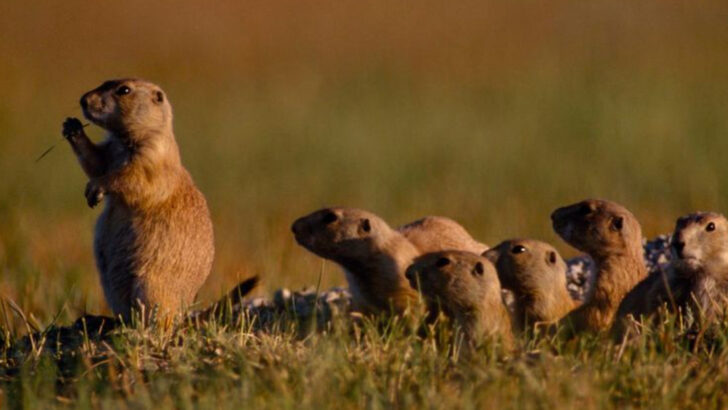Not all animals live in chaos. In fact, some have strict hierarchies, with a leader calling the shots. From commanding wolves to regal lionesses, the animal kingdom is full of fascinating rulers who keep their groups in line.
Some lead with brute strength, while others rule with intelligence and strategy. Ant queens control entire colonies, elephant matriarchs pass down generations of wisdom, and even tiny meerkats have a leader keeping watch. Power, it seems, isn’t just for humans.
But leadership in the wild isn’t always about dominance. Many species rely on their leaders for survival—guiding migrations, protecting the young, and even teaching crucial skills. A good leader can mean the difference between life and death.
So, who are the true kings and queens of the animal world? These 18 species prove that leadership isn’t just a human trait—it’s woven into nature itself.
African Elephants
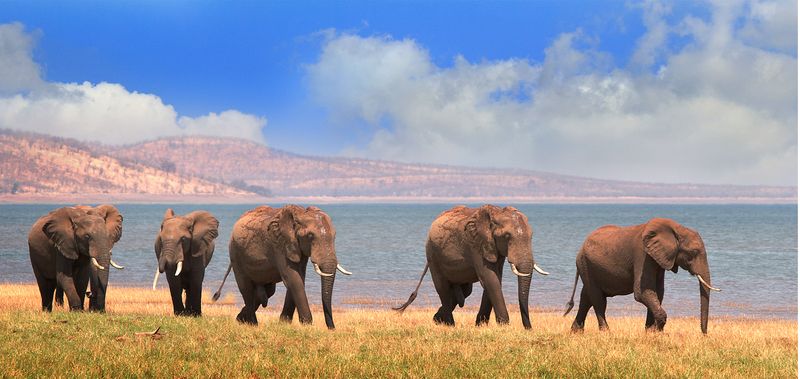
African elephants are known for their strong social structures, led by a matriarch. The matriarch is usually the oldest and most experienced female in the group. She leads her family through the complex and often harsh landscapes of the savanna. Her wisdom in finding water and food is crucial, especially during droughts.
The herd relies on her knowledge and memory of migration routes, making her leadership vital for survival. Her decisions impact the entire group’s well-being. Her leadership style is nurturing yet decisive, ensuring the herd remains united and safe.
Wolf Packs
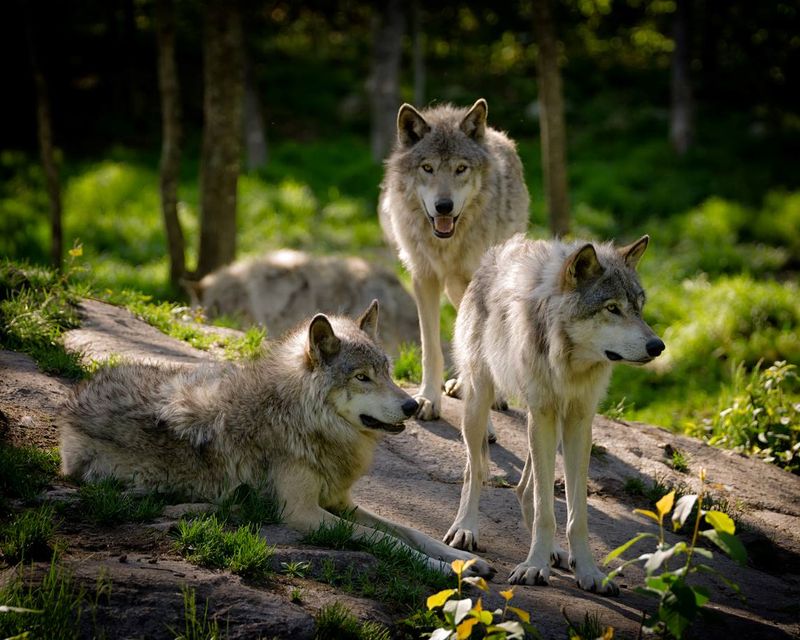
Wolves are highly social animals, living in packs led by an alpha pair. The alpha male and female guide the pack, maintaining order and leading hunts. Their leadership is based on strength, intelligence, and social bonds.
Alphas make critical decisions about when and where to hunt, ensuring the pack’s survival. They also mediate conflicts, maintaining harmony within the group. The hierarchical structure is clear, with each member having a specific role.
This organization allows wolves to thrive in diverse environments, showcasing the importance of effective leadership in nature.
Meerkats
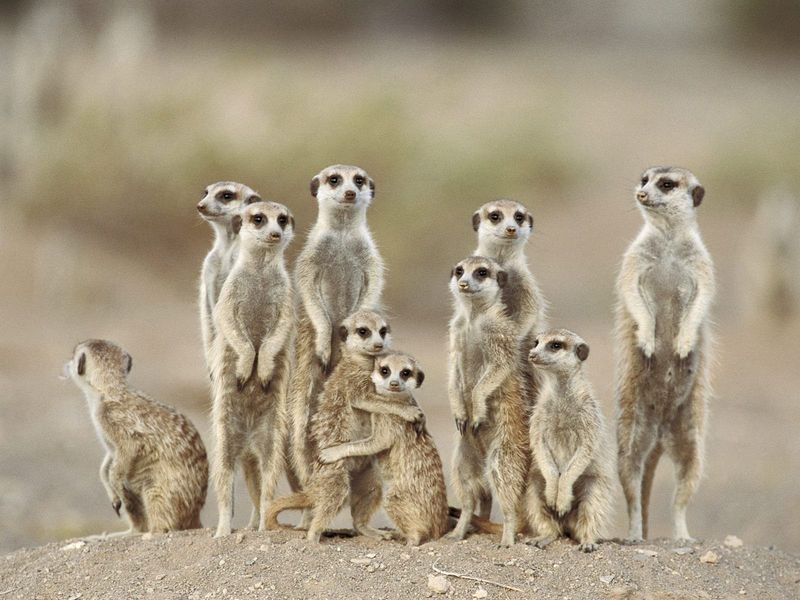
Meerkats live in groups called mobs, led by a dominant female. She is responsible for breeding and making group decisions. Her leadership ensures the mob’s survival in the harsh desert environment.
Meerkats have a complex social structure, with each member playing a role, from babysitters to sentries. The dominant female’s decisions on when to forage or relocate are crucial.
Her leadership is supported by cooperation, with the group working together to raise young and protect against predators. This collaborative effort illustrates the strength of unity under effective leadership.
Honeybees
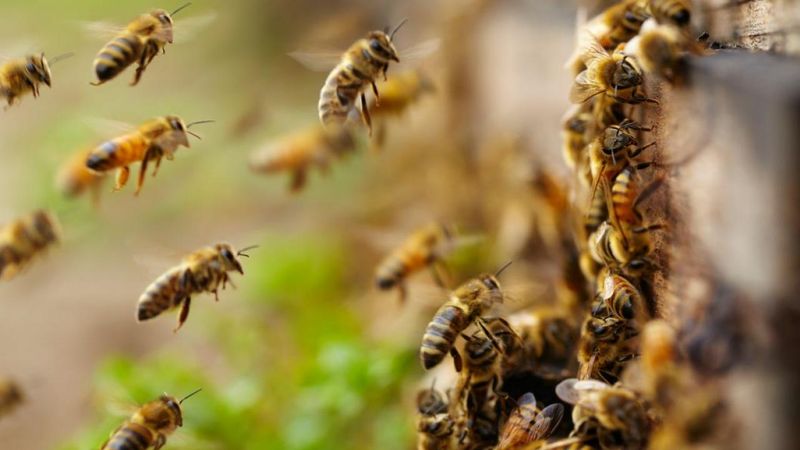
Honeybees are well-organized insects, governed by a single queen bee. The queen’s primary role is to reproduce, ensuring the hive’s growth. Her presence is vital for the colony’s stability.
Worker bees are responsible for various tasks, from foraging to defending the hive. The queen’s pheromones regulate the hive’s activities, maintaining harmony and productivity.
The structured hierarchy within the hive allows for efficient functioning, with each bee knowing its role. The queen’s leadership, although indirect, is crucial for the survival and prosperity of the colony.
Lions
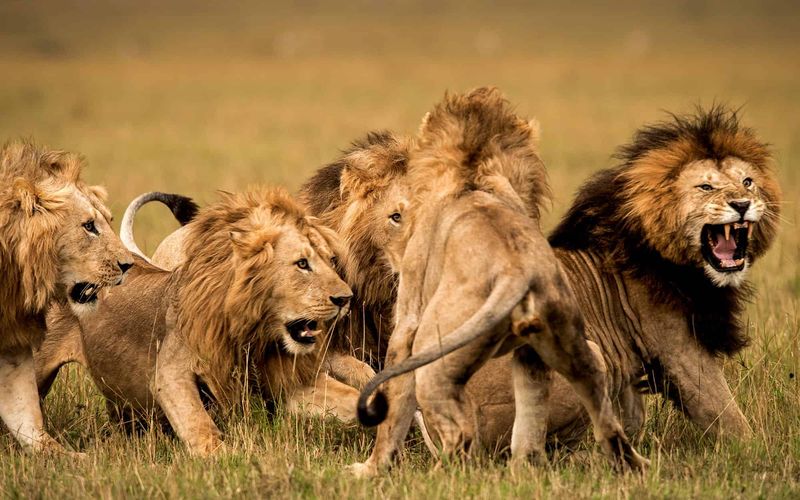
Lions live in prides, typically led by a dominant male. His role is to protect the territory and ensure the safety of the pride. The leader’s strength and courage are essential for warding off rivals and predators.
Lionesses, on the other hand, are responsible for hunting and caring for the young. The male lion’s leadership ensures that the pride’s social structure remains intact.
His presence provides stability and security, allowing the pride to thrive. This balance of power and responsibility illustrates the dynamics of leadership among lions.
Chimpanzees
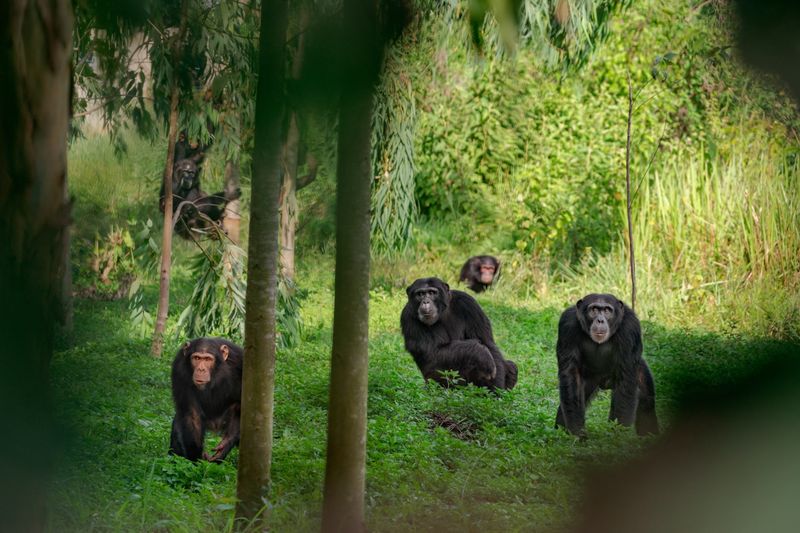
Chimpanzees live in troops with a dominant alpha male leading them. His leadership is established through strength, intelligence, and social skills. The alpha male makes crucial decisions regarding the troop’s movements and social interactions.
He maintains order and resolves conflicts, ensuring the group’s cohesion. The alpha’s position is constantly challenged, requiring him to assert his dominance regularly.
This dynamic leadership highlights the complex social structures and interactions among chimpanzees, demonstrating the importance of effective leadership in maintaining group harmony.
Dolphins
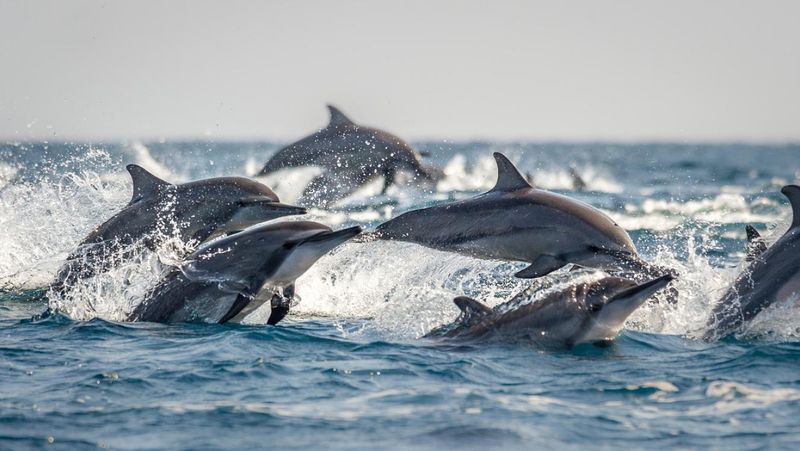
Dolphins are intelligent marine mammals, living in pods often led by a dominant individual. This leader is typically the most experienced, guiding the group in hunting and navigation.
Leadership in dolphin pods is based on knowledge and cooperation, with members working together to overcome challenges. The leader plays a crucial role in coordinating group activities and ensuring safety.
Their leadership style is collaborative, reflecting the social nature of dolphins. This cooperative approach helps dolphins thrive in diverse ocean environments, showcasing the significance of leadership in marine life.
Gorillas
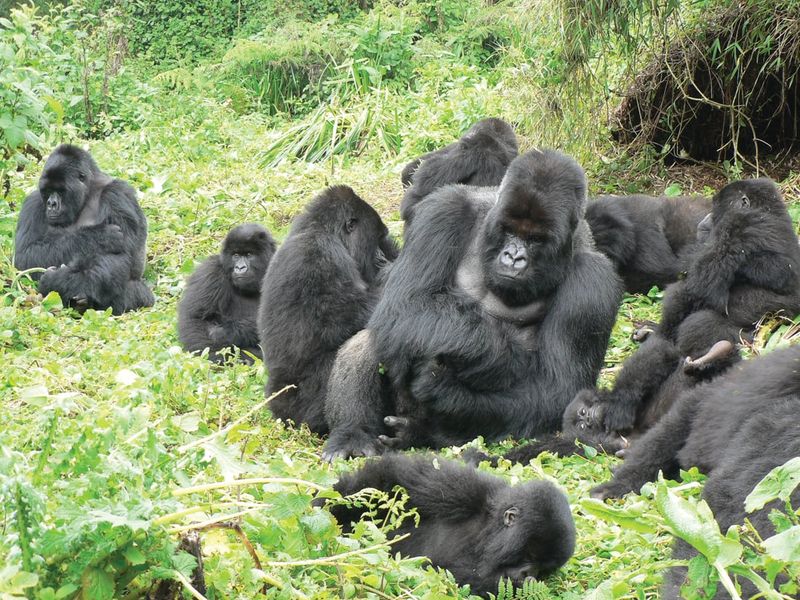
Gorillas live in groups led by a dominant silverback male. His leadership is vital for the group’s protection and cohesion. The silverback decides troop movements, protects against threats, and mediates conflicts.
His strength and experience make him a respected leader, ensuring stability within the group. The silverback also plays a role in nurturing young gorillas, contributing to the group’s social structure.
This leadership style combines strength with care, reflecting the balance needed to maintain harmony among gorillas. His presence is crucial for the group’s survival and success.
Ant Colonies
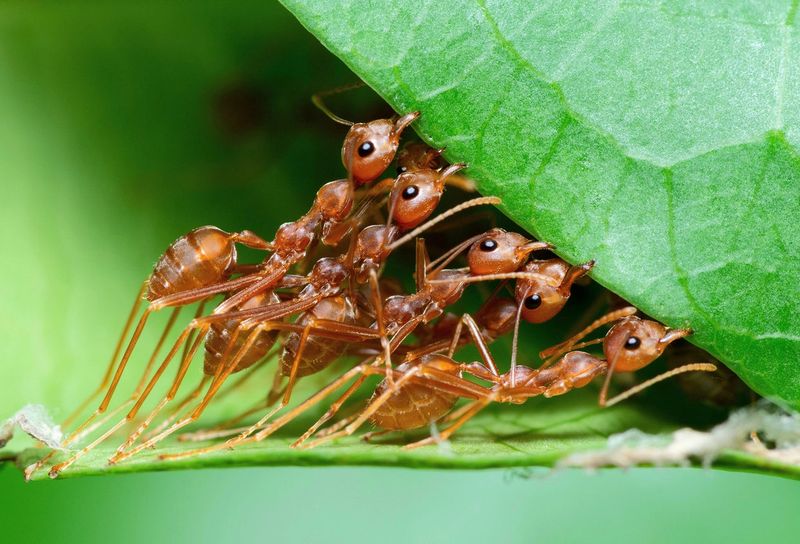
Ant colonies are structured societies, led by a queen ant. The queen’s primary role is reproduction, ensuring the colony’s expansion. Her presence is essential for the colony’s growth and survival.
Worker ants perform various tasks, from foraging to nest maintenance. The queen’s pheromones regulate colony activities, creating an organized and efficient society.
This structured hierarchy allows ants to thrive in diverse environments, highlighting the importance of leadership in insect communities. The queen’s leadership, although indirect, is pivotal for maintaining the colony’s stability and prosperity.
Penguins
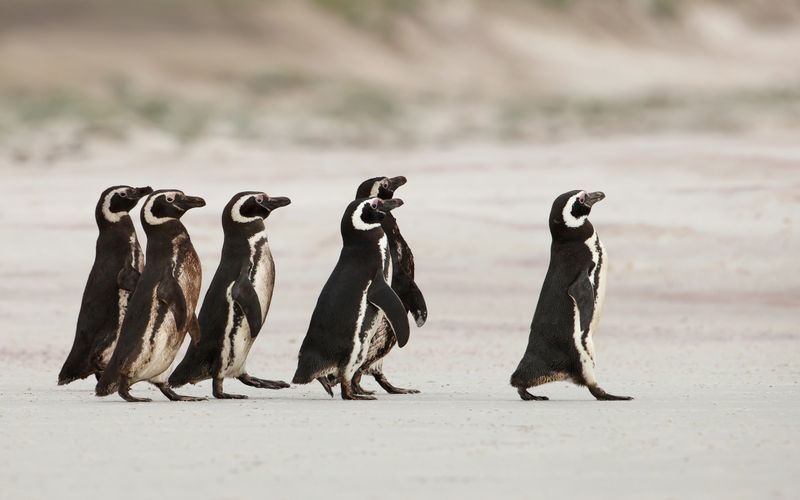
Penguins are social birds, living in colonies often led by a dominant individual. Leadership in penguin colonies is crucial for survival, especially during harsh weather conditions.
The leader guides the group in finding food and managing harsh climates. Their leadership is based on experience and knowledge, ensuring the colony’s well-being.
In times of need, penguins huddle together for warmth, demonstrating the strength of unity under effective leadership. This cooperative behavior highlights the importance of leadership in overcoming challenges in the animal kingdom.
Hyenas
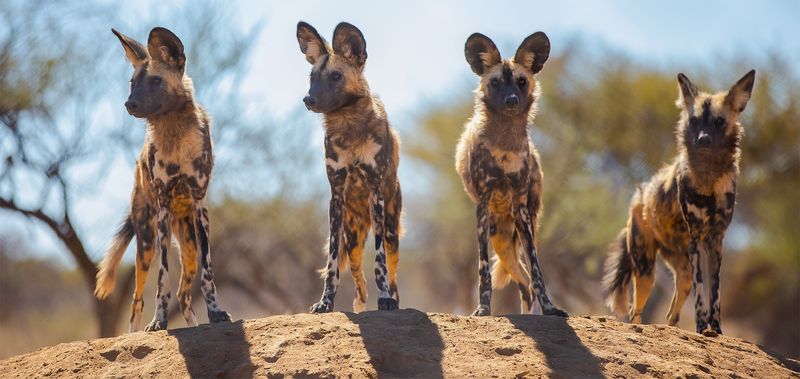
Hyenas live in clans, led by a dominant female called the matriarch. Her leadership is based on strength, intelligence, and social skills. The matriarch oversees hunting and resource allocation, ensuring the clan’s survival.
Her decisions impact the group’s harmony and success, with each member playing a specific role. The matriarch’s leadership style is assertive, maintaining order and cohesion within the clan.
This structured social system allows hyenas to thrive in challenging environments, emphasizing the significance of effective leadership in the wild.
Baboons
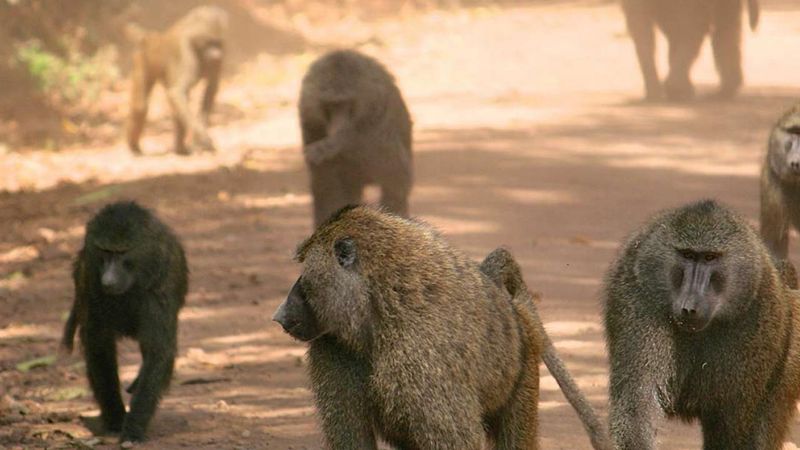
Baboons live in troops led by a dominant male. His leadership is based on strength and social bonds. The alpha male maintains order, mediating conflicts and protecting the group.
His decisions regarding troop movements and foraging are crucial for the troop’s survival. The alpha male’s leadership ensures that all members work together harmoniously.
This cohesive social structure allows baboons to thrive in diverse environments, highlighting the importance of leadership in maintaining group dynamics in the animal kingdom.
Orcas
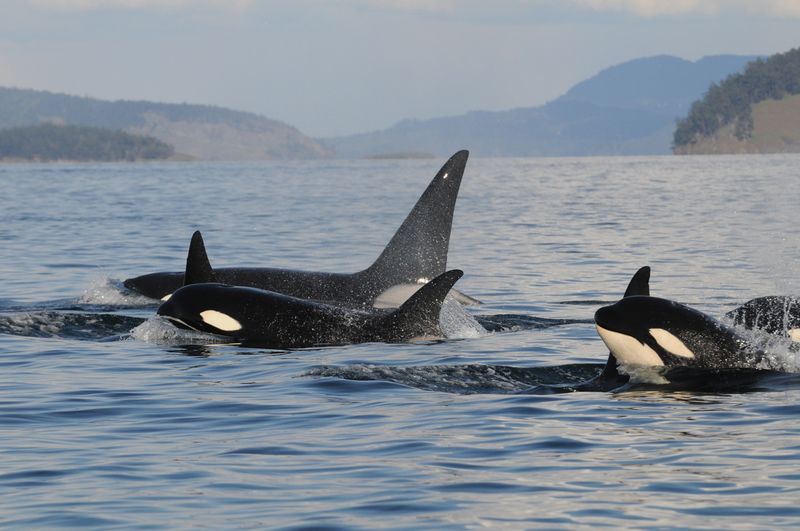
Orcas, or killer whales, live in pods led by a dominant individual, often the matriarch. Her leadership is crucial for coordinating hunting strategies and navigation.
The matriarch’s experience and knowledge guide the pod, ensuring its success in diverse marine environments. Leadership in orca pods is collaborative, with members working together to achieve common goals.
This teamwork reflects the social nature of orcas, emphasizing the importance of leadership in marine life. The matriarch’s role is vital for the pod’s survival and prosperity.
Buffalo Herds
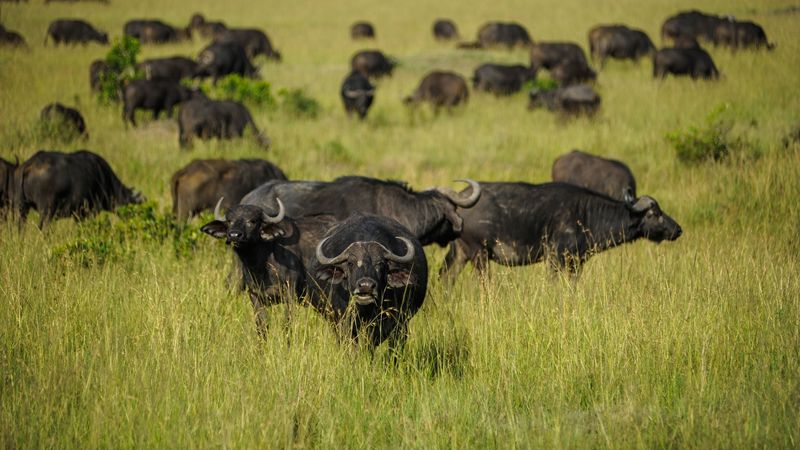
Buffalo herds are led by a dominant individual, often a strong and experienced female. Her leadership is vital for guiding the herd in finding food and water.
The leader’s decisions impact the herd’s survival, especially during migration and in times of scarcity. Her experience ensures that the herd remains united and safe.
This leadership style reflects the importance of guidance and strength, allowing buffalo to thrive in challenging environments. The leader’s presence is crucial for the herd’s cohesion and success.
Elephant Seals
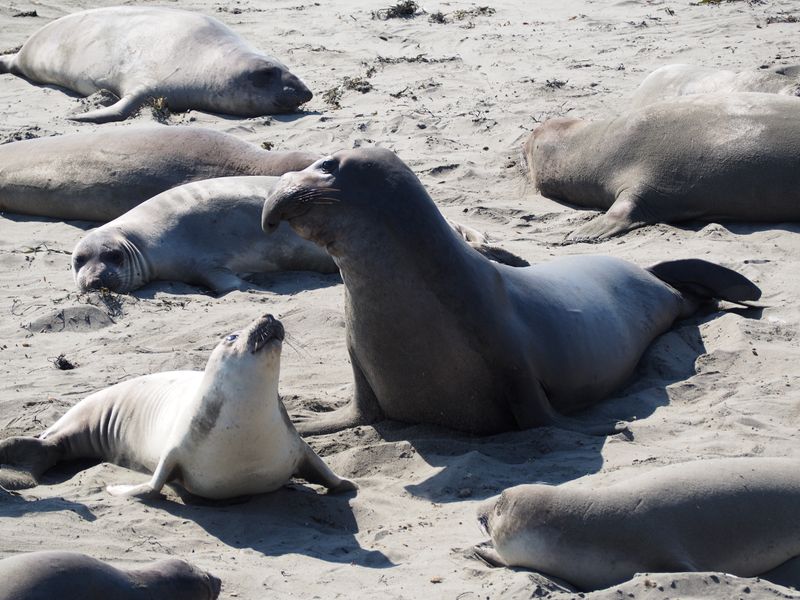
Elephant seals live in colonies led by a dominant male during the breeding season. His leadership is established through strength and competition with rival males.
The dominant male’s presence ensures the colony’s stability, protecting females and young seals. His role is crucial for maintaining order and cohesion within the colony.
This leadership style highlights the importance of strength and dominance in marine mammals, ensuring the colony’s success and survival. The leader’s presence is vital during critical times like breeding.
Flamingos
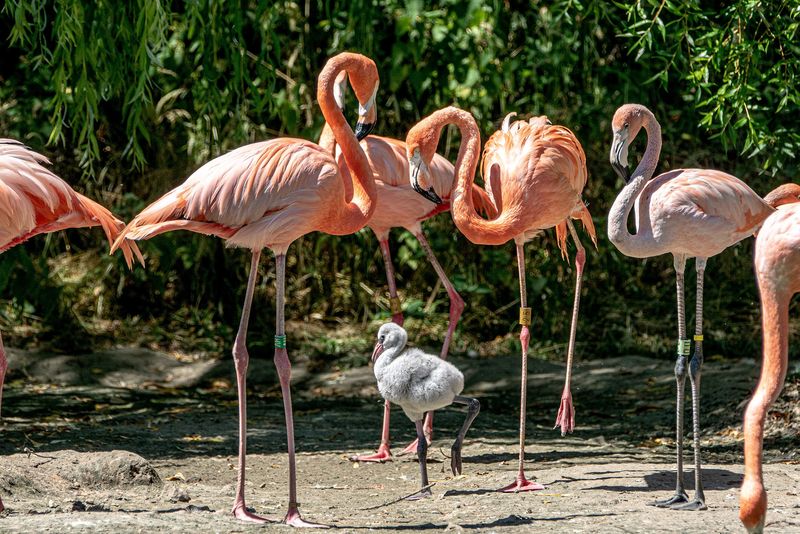
Flamingos are social birds, living in large flocks often led by a dominant individual. Leadership in flamingo flocks is based on experience and social bonds.
The leader guides the group in finding food and navigating wetland environments. Their leadership ensures the flock’s safety and cohesion, especially during migration.
This organized social structure highlights the importance of leadership in avian species. The leader’s role is crucial for maintaining harmony and success within the flock.
Prairie Dogs
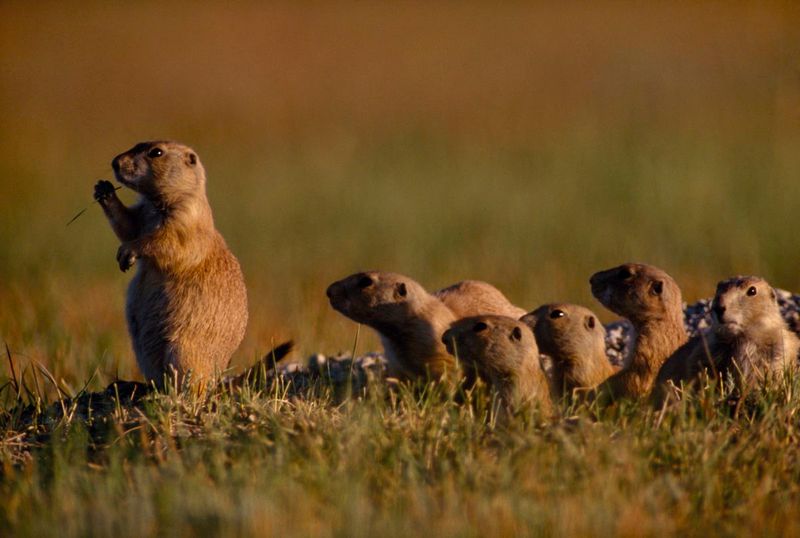
Prairie dogs live in colonies led by a dominant individual. Leadership is crucial for the colony’s organization and survival. The leader oversees resource allocation and vigilance against predators.
Their decisions impact the colony’s harmony and success, with each member playing a specific role. The leader’s role is vital for maintaining order and cohesion within the colony.
This structured social system allows prairie dogs to thrive in grassland environments, emphasizing the significance of effective leadership in the wild.
Macaws
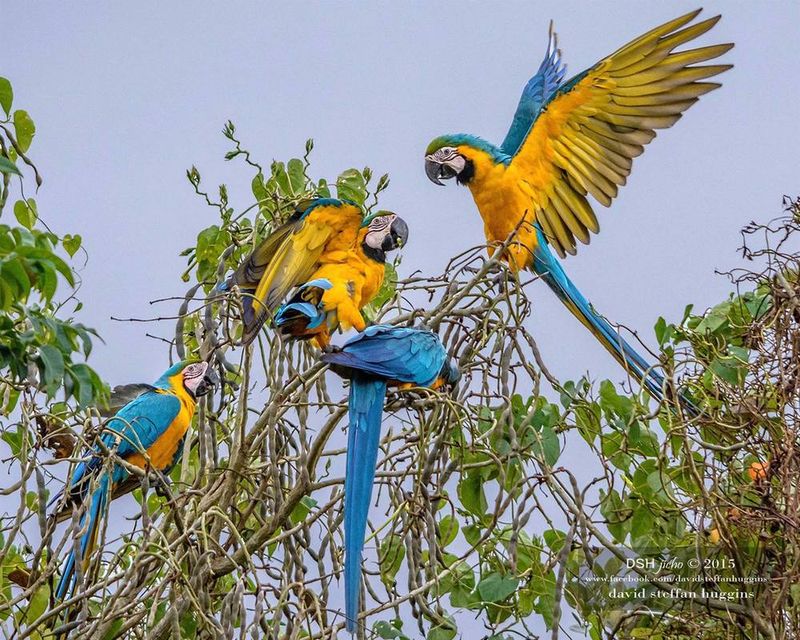
Macaws are vibrant parrots, living in flocks often led by a dominant individual. Leadership in macaw flocks is based on experience and social bonds.
The leader guides the group in navigating the rainforest and finding food. Their leadership ensures the flock’s safety and cohesion, fostering a strong social structure.
This leadership style reflects the importance of guidance and cooperation, allowing macaws to thrive in diverse environments. The leader’s presence is crucial for the flock’s harmony and success.

